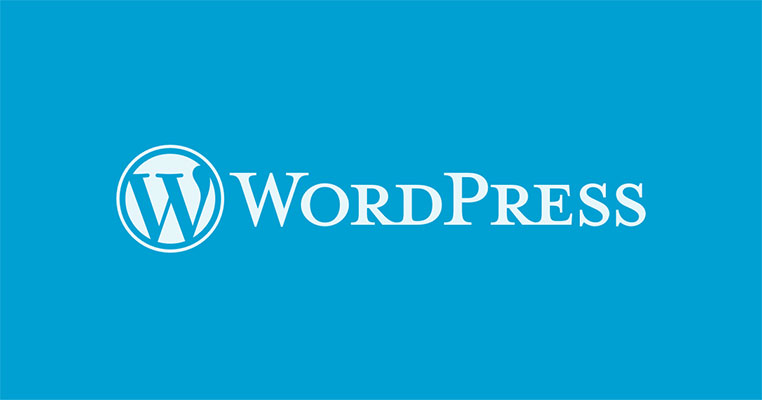I don’t often write about WordPress, the popular CMS (content management system) that powers both Techzim and all the sites I work with but today I decided to make an exception as I couldn’t contain my excitement. The next coming version of WordPress, version 5.8 which is coming out on 20 July, will have native support for WebP images.
What’s WordPress? Whats WebP and who cares?
I have lived long enough to know that however popular you think something is, there are still people out there who don’t know what you are harping about. So in case you don’t know what WordPress is, it is a popular content management system that now powers 40% of all the websites out there. A CMS is a piece of software that handles things like creating, deleting, modifying and managing content.
And WebP? This is an alternative image format to JPEG, PNG and GIF. You know all those image formats you have come to know and love. WebPs have been around for almost 11 years now, the format was dropped onto the world scene by Google back then. Now I realise that brings up more questions:
- Ten years is a long time where the heck has the format been?
- Why is it better than JPEG, PNG and GIFs these formats seem good enough
- Why now? This is linked to the first question I think.
To answer the first question, while 10 years might seem like a long time in the media world it isn’t. WebP is a media format and generally, these take a long time to filter down from conception to actual usage. You don’t realise this but formats like JPEG, PNG and GIF are supported in just about every device with a screen out there. That’s a lot of devices and a lot of software. From the TV you bought at Gulf Complex to the browser in your phone.
All these pieces of software have to support WebP before it could be widely adopted by WordPress and other media creators. The fact that Google is behind this image format also helps. Google is a giant and they also happen to run the world’s most popular media platform, YouTube as well as the world’s most popular browser Chrome. They added support for WebPs a long time ago and other browsers had no option but to follow suit. The key hold out was Microsoft and its browsers. Now that they are based on Chromium that’s no longer an issue.
Talking about old browsers also helps explain the late adoption. A lot of people who buy devices never get to update them. They should but they don’t sometimes it’s the end user’s fault but sometimes it’s the developer’s or manufacturer’s fault. Whoever is to blame it means a lot of devices out there will never be able to support your relatively new format. As time goes on this changes. Over the years devices that support WebP have slowly filtered down. Today 94% of browsers out there now support WebP compared to the tiny portion in 2010. So the time is right.
Why is WebP awesome
To understand this you need to understand that WebP is actually a sibling of Google’s VP8 video codec. Still don’t get it? Well, before VP8 Google relied mostly on a format that is known as x264 on its YouTube platform. This format is related to JPEG. It is technically a way to compress image files that were developed a long time ago. It was awesome back then. Typically it can achieve a 10:1 ratio of compression with relatively good results. So a 30MB Raw image file becomes a 3MB image in your phone.
The problem is given the insatiable need for media and the expectation by most people that webpages must load instantly x264 and JPEG are just no longer good enough. Even though the internet has gotten faster media consumption has risen and even the best platforms like YouTube need all the help they can get when it comes to data compression. Good compression means for example no buffering if you are streaming even if your internet speed is not great, it means faster loading for images and webpages and it means less data costs.
Who wouldn’t want all that? When it comes to lossless compression WebP simply blows JPEG 2000, PNG and GIF out of the water. WebP promises to be what VP9 and x265 are to video but it works on images instead. The results are so impressive. In most tests run WebP results have yielded better-looking images that are consistently smaller than JPEGs. That’s not all, WebP does something else. It combines all three formats into one format. Its touted features are, therefore:
- It has impressive lossless compression that no other traditional format can match
- Supports transparency. JPEGS cannot do this you would traditionally need PNG for this. Which is another format to manage on your site.
- Supports animation just like GIFs.
So in essence you have one format to rule them all. And it’s a format that beats all three formats when it comes to compression. Currently, you need a plugin in WordPress in order to support the format.
This change will probably see a wide adoption in WebP images. Hopefully the web will get slightly faster.
